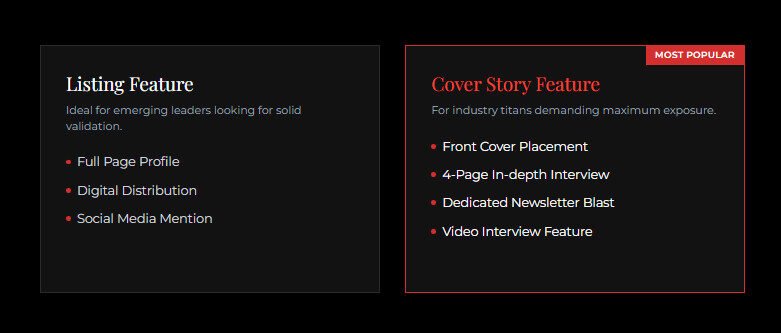In the fast-paced world of startups, leadership decisions play a crucial role in determining the trajectory of a company. Navigating the intricate dance of firing and hiring is essential for any startup. Whether bringing in new talent or letting go of underperforming employees, these choices can significantly impact a startup’s success. Understanding the profound impact of these decisions can distinguish thriving startups from those that flounder.
Leadership isn’t just about steering the ship; it’s about setting the course and ensuring the crew is equipped to reach the destination. In the context of startups, leadership decisions can make or break the business. Leaders must communicate a clear vision effectively to inspire and align the team. This vision is crucial as it guides firing and hiring decisions, ensuring that every team member contributes toward a common goal. When leaders set a clear direction and ensure everyone is on the same page, the entire team can work together cohesively, driving the startup toward success.
Culture and Values
Establishing a strong company culture and core values is essential. Leaders must hire individuals who align with these values and are capable of enriching the company culture. When team members resonate with the company’s ethos, productivity and job satisfaction naturally increase.
Effective Strategies for Handling Employee Performance Issues

Proven methods for addressing and improving employee performance challenges.
Define the Problem Clearly and Objectively
When faced with performance issues, it’s crucial to start by clearly identifying the problem. This involves stating the issue objectively and reviewing the specific expectations that the employee did not meet. In the dynamic environment of a startup, employees may sometimes be unaware of new metrics or shifting priorities. Therefore, ensure transparency by discussing the exact areas where improvement is needed. Clear communication at this stage sets the foundation for addressing performance problems effectively.
Explore the underlying causes
To address performance issues thoroughly, it’s important to understand the root causes. Is the employee struggling due to a lack of training, unclear expectations, or personal challenges? Investigate openly and ask open-ended questions to get to the heart of the matter. For instance, if targets are being missed, explore whether external factors might be influencing the employee’s performance. This deeper understanding can guide more effective solutions and support.
Be Transparent About Concerns
Creating an atmosphere where honest communication is encouraged is vital. Employees often react defensively to criticism, so it’s essential to approach the conversation with empathy and transparency. As a leader, investigate any impediments that might be affecting team performance. If the issue is related to an individual’s performance, develop a clear improvement plan. This approach helps build trust and shows a commitment to supporting employees in their roles.
Consider Role Changes Before Firing
Before resorting to termination, consider whether role adjustments might resolve the issue. Sometimes, an employee may be better suited for a different position within the company. By changing responsibilities, you can often address performance problems without having to fire someone. This approach retains talent and demonstrates a commitment to finding the best fit for each team member.
Balancing Firing and Hiring
Building a successful team in a startup requires striking the right balance between firing and hiring decisions. While hiring sets the foundation for future success, firing becomes necessary when performance issues persist despite attempts at resolution. Leaders must be willing to make tough decisions to protect team dynamics and maintain high standards. This balance is crucial for fostering a productive and cohesive team environment.
Growth Outpacing Leadership
As startups grow, leaders may sometimes struggle to keep up with expanding roles and responsibilities. In such cases, hiring someone better suited for the job may become the best option. It’s essential to recognize when the organization has outgrown an individual’s capabilities. Being proactive in addressing these changes ensures that the team remains effective, and that leadership continues to meet the evolving needs of the startup.
Final Thoughts
Leadership decisions regarding firing and hiring significantly impact startup success. By following these practical steps and maintaining transparency, startup leaders can navigate these challenges while fostering a positive work environment.










